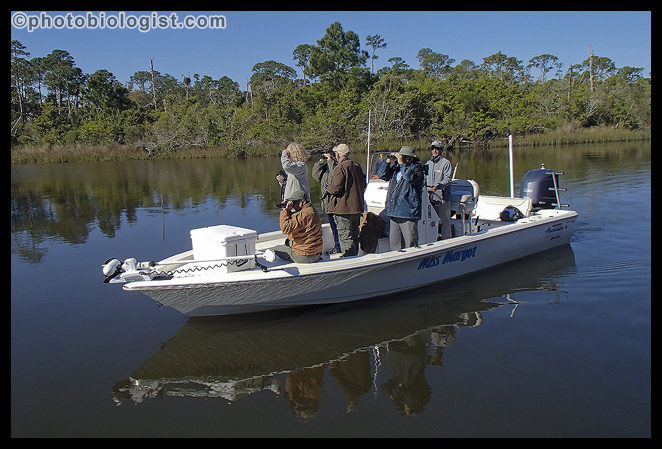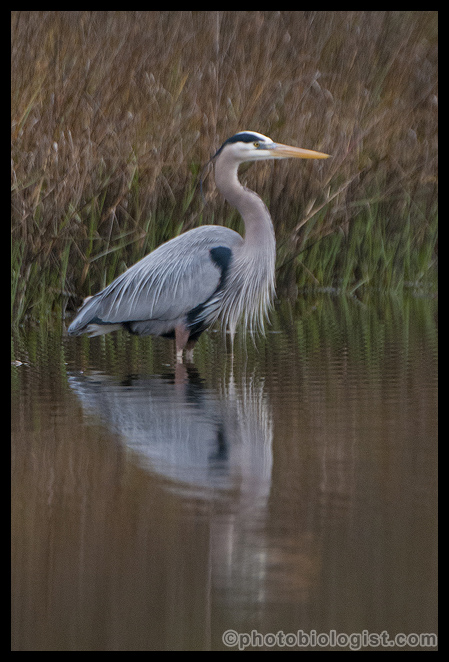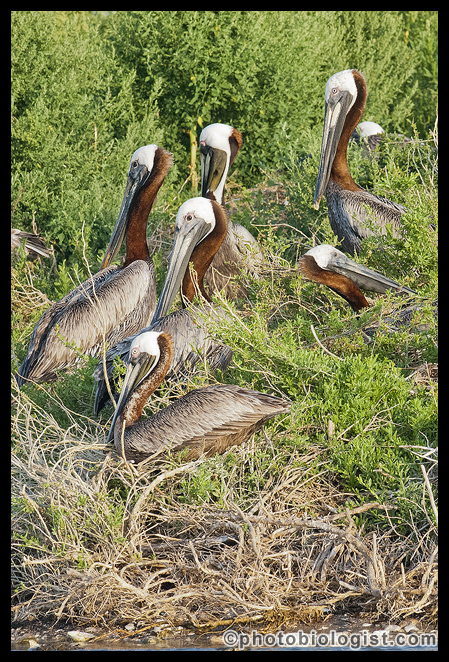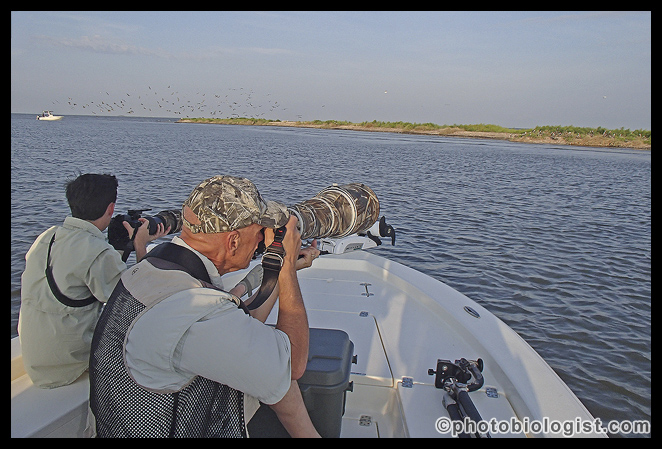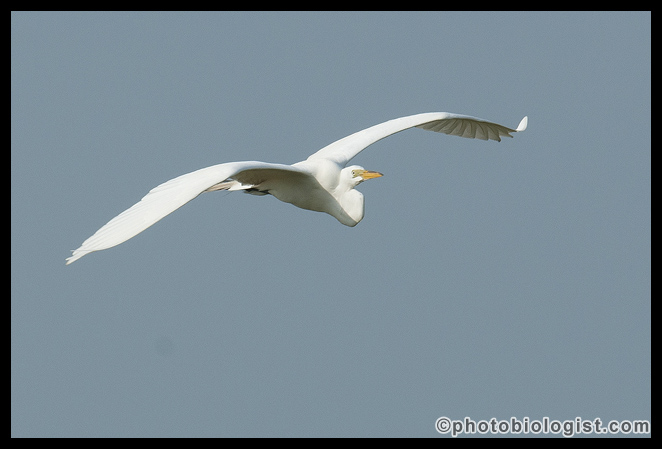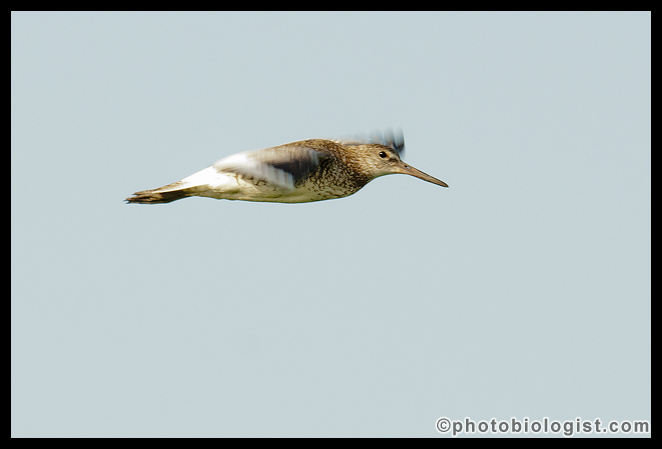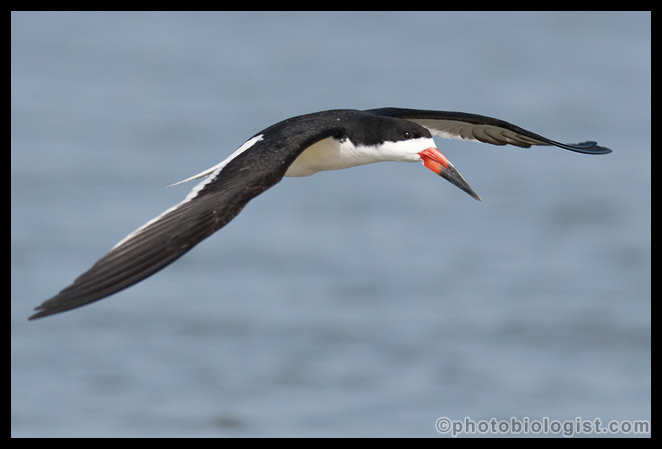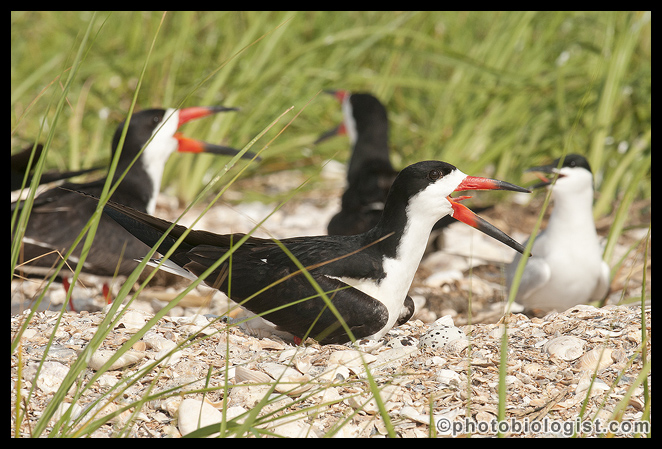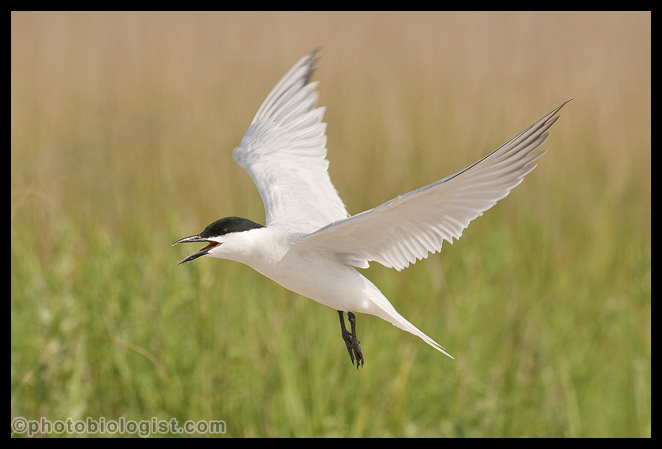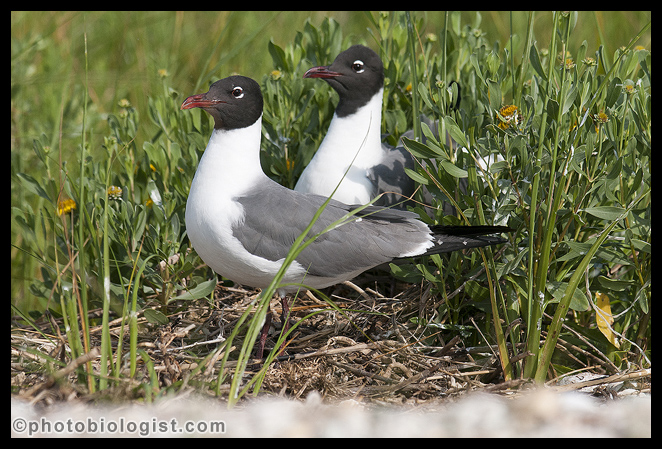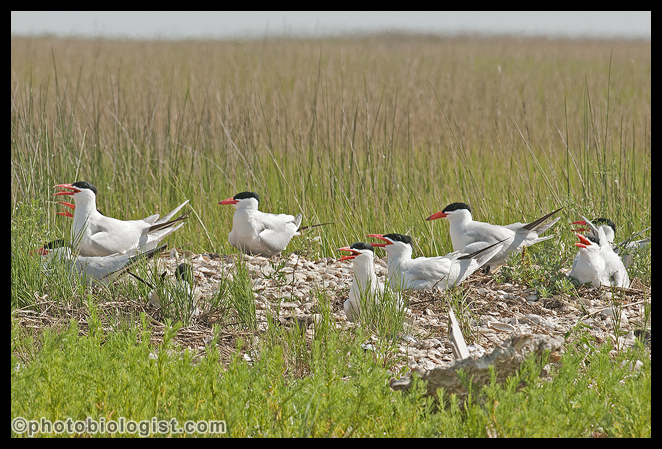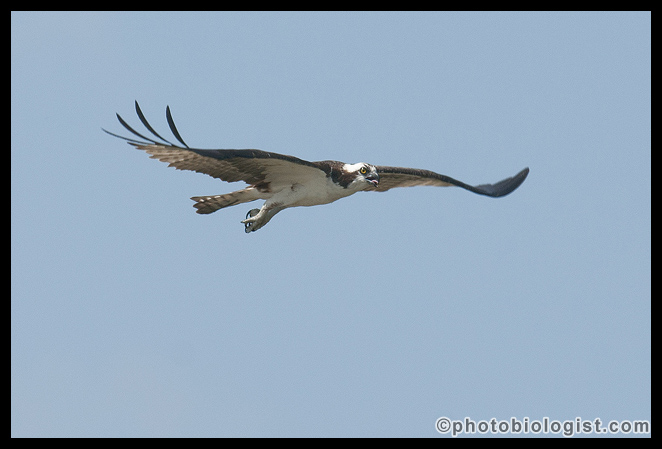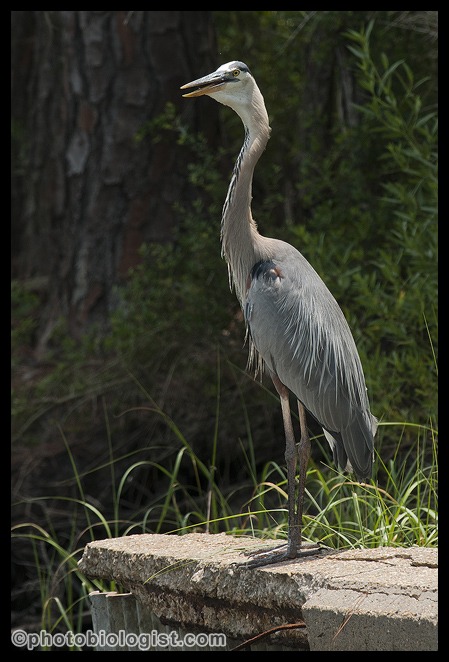Nature-based tourism is a big deal on the Mississippi Gulf Coast. There are a few recreational charter boat captains that specialize in eco-tours, mostly in the swampy river and upper marsh areas. There are a few fishing captains that advertise tours of some sort, but none that have really tried to develop that niche. After seeing the reactions of some of their fishing clients to the bird life the encounter while fishing, Captains Sonny Schindler and Kenny Shiyou with Shore Thing Fishing Charters have decided to expand into the niche of taking non-anglers out to see the bird life and coastal habitats.
They have taken a group of National Audubon Society employees out to see some of the areas, they have taken groups of biologists and tourism professionals out. And they have taken a diverse group of birders out on a test run. I’ve been on three of those trips, all without my big bird lens because I was not there to take pictures. Though I did get a few pictures that I liked, like the great blue heron below.
One of the areas that I had not seen, but had heard about was a rumored roseate spoonbill rookery. Even though the spoonbills nest during a time of the year that the guides are busy guiding fisherman, I told Sonny that when the spoonbills were nesting, to give me a call, and Larry Dees and I would be ready to go. Turns out that Larry Dees, Scott Breazeale, Michael Sandoz and I were all ready to go. Four photographers and gear was a good fit for the 26-foot bay boat that we’d be using. Shore Thing Charters has 7 captains and boats, so larger groups could have easily been accommodated.
So, just after sunrise on a late May morning, we departed the marina in Long Beach, Mississippi. It was hard on the photographers who shoot a lot of scenic, because the orange orb had just gotten a little too high to create a very cool image of the Port of Gulfport to our east. We left the docks and headed south into the Mississippi Sound. Rather than go for a diversity of birds, what we really wanted was “quality, charismatic birds” that were approachable in good light. We decided that we’d rather have fewer good shots rather than a lot of shots of a bunch of different birds.
Our first stop was just across the Louisiana line where brown pelicans were nesting in the shrubs on a low oyster bank. We found a place where we could ease in between fishermen fishing from their anchored boats and not interfere with others wade fishing and cut the engine and began drifting towards shore. We got some decent shots, and could have stayed and gotten even more, but the lure of the rumored spoonbills a tad further west had us cranked up and on plane after a few minutes of shooting.
Our next stop was an intimate roseate spoonbill rookery in a large clump of eastern baccharis. Well, like most wading bird rookeries, it wasn’t a single-species rookery, there were also white ibis, tri-colored herons, great egrets, and snowy egrets. But the star of the show was definitely the roseate spoonbills. Based on their behavior, there were likely nesting clapper rails, willets, and red-winged blackbirds nearby as well. After getting a few shots from the boat, we waded into the marsh to feed the horseflies and get some frame-filling shots. After a period of initial alertness, most of the birds seemed to go back into their routine of nest-enhancement, brooding, going down to the water’s edge, and more. Even so, after getting shots that we liked, we left the rookery with plans to return later when there were chicks. Most of the nests were down in the vegetation, and we only saw a teeny amount of chick movement out of one spoonbill nest.
The next plan was to go to a large mud flat where we had seen thousands of shorebirds and wading birds a few months earlier. Because of the wind and waves, we had to approach the flat from a different direction that had a large shell bank that we could walk down. As we approached that end, it quickly became evident that wouldn’t be walking down that shell bank because it was a colony of black skimmers, gull-billed terns, and laughing gulls with nest scrapes all along the open area. We slowly drifted in until we were close enough for good shots, a Captain Sonny put the powerpole down into the mud to anchor us in place as we shot the birds squabbling, feeding mates, incubating eggs, and just doing what a nesting colony does.
Looking across a narrow bay to another strip of open oyster shells we could see a smaller colony of Caspian terns. We slipped across the bay for a few shots. As we began circumnavigating the marsh island for better shots, we had to stop for a pair of American oystercatchers. As we photographed them, one went just over the crest of the oyster pile and sat back down on the nest. Rather than intrude for a photo opportunity, we moved on.
We finally made it around to the mud flat, and found ourselves out there at high tide. Rather than a mud flat, we had a shallow water area with tailing redfish chasing mud crabs across the bottom. There were a few shorebirds along the edge, but not the numbers we were expecting, so a quick shot of a whimbrel that should have already been up north somewhere and a few other birds, and we moved on.
We made a run back over to Cat Island to look for shorebirds on the southern beaches, and found them in decent numbers. However, the tide was still high and the light was getting brighter and higher, so made a quick trip on around the island looking for other wading birds. We saw some of the great blue herons, green herons, osprey, and other birds we were expecting, including the green heron nests we expected. But it was so hot, the birds were generally tucked back into the shade, and the ones that were not did not look elegant with their gular panting to keep cool.
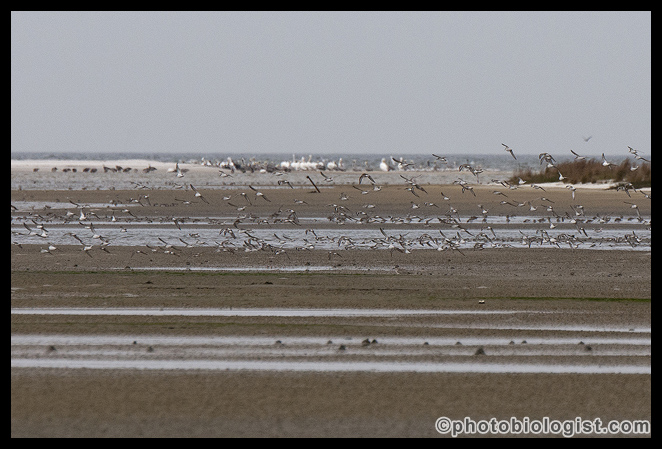
Cat Island shorebirds on an earlier trip – over 13 species of shorebirds plus wading birds plus pelicans plus waterfowl and more! (The shorebirds are in the air because a peregrine falcon was coming over!)
So, we headed back to the mainland after a great morning of bird photography. In hind sight, we’d have been better off spending more time in Biloxi Marsh rather than trying to squeeze in a bit of Cat Island as well. Plans are being made to return to both, however. Another trip over to the Biloxi Marsh this summer when all those nesting wading birds and shorebirds have chicks is in the works. And then a 2- or 3-day trip in late fall or early winter out to Cat Island to photograph shorebirds, wading birds, and potentially waterfall while staying in the house on Cat Island for the full “Cat Island Experience”. If you want more information, drop me a line or contact the folks at Shore Thing Charters (www.shorethingcharters.com).
